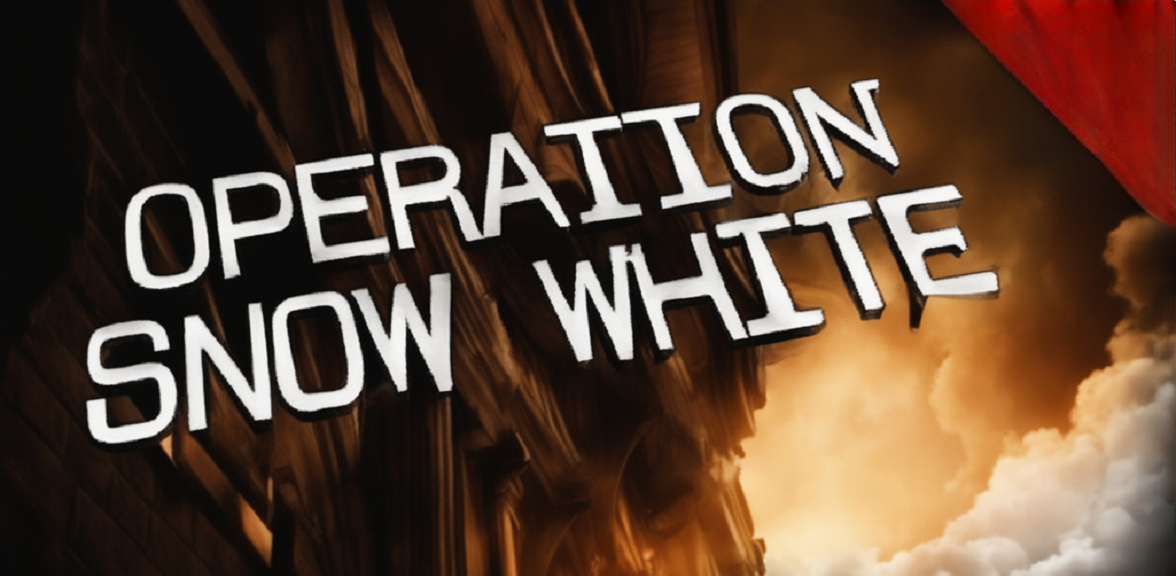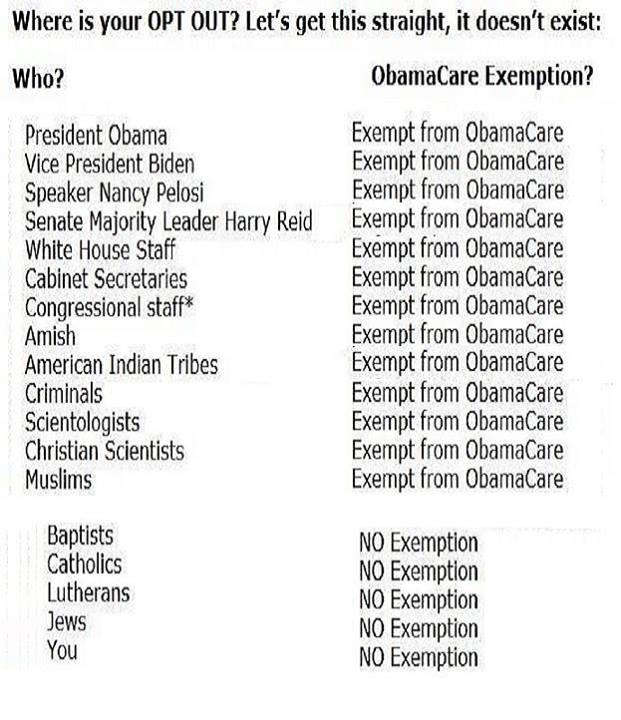In the shadows of the Cold War, a covert operation of epic proportions unfolded. But this wasn’t a scene from a Hollywood spy thriller; this was the real deal. Welcome to the world of “Operation Snow White,” an undercover operation that shook the very foundations of one of the most powerful organizations on the planet.
The Backstory: Scientology Unveiled
Before we plunge into the covert operation itself, let’s set the stage. Imagine a new religious movement that rose to prominence in the mid-20th century, one that blended self-help philosophy with spiritual beliefs. That’s Scientology in a nutshell.
Founded by science fiction writer L. Ron Hubbard, Scientology attracted followers worldwide. Its secretive practices and aggressive legal tactics against critics and defectors soon caught the attention of government agencies, particularly the Internal Revenue Service (IRS) in the United States.
Operation Snow White Revealed
Now, let’s talk about Operation Snow White. This brazen operation was carried out by the Church of Scientology, and it aimed to infiltrate and purify the Church’s public image by removing any negative information from government files. Sounds like a plot straight out of a spy novel, right?
In the late 1970s, Scientology’s leadership decided that they had had enough of government scrutiny. They believed that by purging unfavorable information about their organization from government records, they could operate with less interference. So, they set their sights on a massive undertaking: infiltrating government agencies and removing any documents that painted them in a negative light.
The Mastermind Behind the Operation
Mary Sue Hubbard, the wife of Scientology’s founder L. Ron Hubbard, played a central role in orchestrating Operation Snow White. She was one of the key figures who believed that infiltrating government agencies and removing incriminating documents was the path to securing the Church’s future.
Mary Sue Hubbard wasn’t just a passive figurehead; she was deeply involved in the day-to-day operations of this covert mission. Under her guidance, a group known as the “Guardians’ Office” was established within the Church. This group was responsible for executing Operation Snow White.
The Infiltration Begins
Infiltrating government agencies isn’t a walk in the park, but the Church of Scientology was determined. They began by sending undercover agents into government offices, posing as regular employees. These agents were trained to identify and locate documents related to Scientology, while remaining discreet.
What made Operation Snow White particularly brazen was the scale of the operation. It wasn’t just limited to the United States; it extended to countries like Canada, the United Kingdom, and even Germany. The Church had agents in various corners of the globe, all working towards the same goal.
The Sifting of Secrets
Once inside government agencies, Scientology agents meticulously combed through documents, searching for anything related to their organization. These weren’t just random documents; they were after sensitive information that could potentially harm the Church’s reputation or legal standing.
When agents found relevant documents, they didn’t simply destroy them. Instead, they copied the information and sent it back to the Church’s headquarters. This way, they could monitor what the government knew about them and take preemptive actions to protect their interests.
The Web of Espionage Unravels
You might be wondering how such an extensive operation could go unnoticed for so long. Well, it didn’t. The Church of Scientology’s covert activities eventually drew the attention of government agencies, including the FBI.
In 1977, the FBI executed a raid on the Church’s headquarters in Los Angeles and Washington, D.C. What they discovered was mind-boggling: an extensive network of espionage, including wiretaps, infiltration of government agencies, and the theft of sensitive documents. Operation Snow White had been blown wide open.
The Fallout
The revelation of Operation Snow White sent shockwaves through the Church of Scientology. Eleven high-ranking members of the Church, including Mary Sue Hubbard, were arrested and charged with various crimes, including conspiracy and theft of government documents.
In 1979, Mary Sue Hubbard and eight other Church members pleaded guilty to their roles in the operation. Mary Sue received a five-year prison sentence and a hefty fine. This marked the end of her leadership within the Church.
The Church of Scientology itself faced severe legal consequences. It was stripped of its tax-exempt status in the United States, which it had fought for so vigorously. Operation Snow White had not only failed to cleanse the Church’s image, but had, in fact, tarnished it further.
The Aftermath
Operation Snow White remains one of the most significant cases of domestic espionage in U.S. history. It’s a story of ambition, secrecy, and the lengths some organizations will go to protect their interests.
Today, the Church of Scientology has distanced itself from Operation Snow White, characterizing it as the actions of a rogue group within the Church during a tumultuous period. Nevertheless, the operation serves as a reminder of the power of secrecy and the consequences that can follow when an organization goes to extremes to protect itself.
Closing Thoughts
Operation Snow White is a scary story that shows how groups or cults can go to great lengths to protect themselves. It is a haunting narrative of espionage, shrouded in an aura of secrecy, where ambition collided with the relentless gaze of government scrutiny.
As we contemplate this saga, it underscores a sinister truth: even the most shadowed of entities can thrive in the obscurity of secret actions. It serves as a cautionary tale, echoing through time, whispering that organizations can be driven to unspeakable acts when their existence is threatened.
Yet, Operation Snow White also serves as a somber reflection on the resilience of the human spirit and the enduring quest for transparency and justice. It is a stark reminder that the battle between light and darkness is ever-present, even in the most hidden corners of society.

